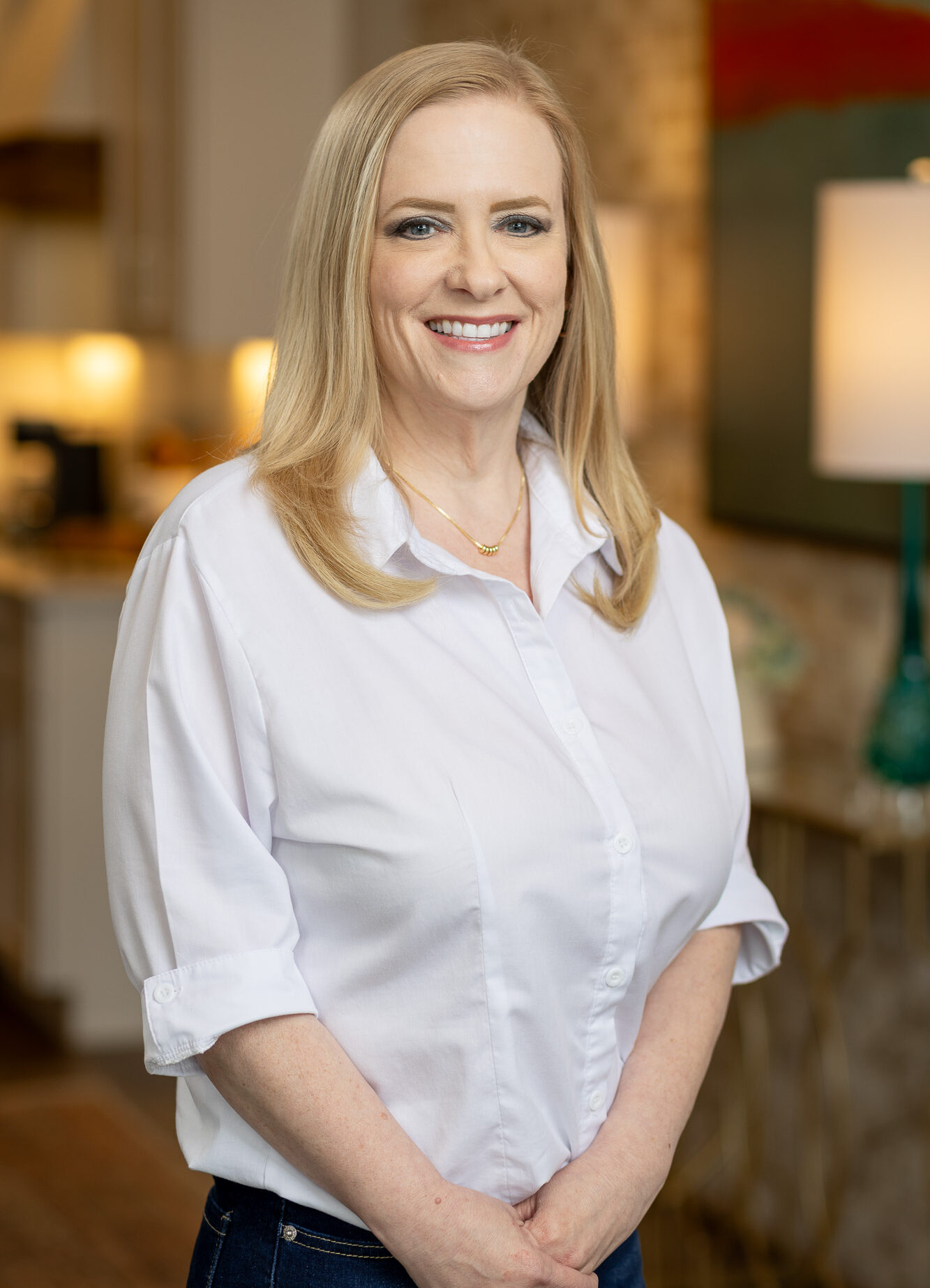New Home Financing May Be Easier Than You Think!
If you’ve found the home of your dreams, congratulations! This is one of the most important purchasing decisions of your life, and it takes time and research to make the best choice for you and your family. So, now that you know where you want to live, you need to figure out how to make it happen.
What’s the best way to finance your new home? The answer to this question has two parts: securing a down payment and qualifying for a mortgage. The ins and outs of financing can be intimidating to the average person. However, with a little preparation and planning, you can increase your chances to succeed at both.
Many people, especially younger first time buyers, mistakenly think they have to save tens of thousands of dollars for a massive down payment. Fortunately, down payment assistance programs exist for qualified buyers who purchase homes that meet certain guidelines. FHA and VA approved communities like Patterson Place, Rubicon Square, Twin Lakes West, and the Cottages at Yankee Trace have passed a rigorous federal approval process. As a result, homebuyers get to take advantage of special low or no down payment options not available to other buyers.
FHA and VA approved communities like Patterson Place, Rubicon Square, Twin Lakes West, and the Cottages at Yankee Trace have passed a rigorous federal approval process. As a result, homebuyers get to take advantage of special low or no down payment options not available to other buyers.
Where conventional lending requires down payments of 10% to 20%, FHA loans require just 3.5% down, a much more affordable goal. Another special program, the Ohio Housing Finance Agency, or OHFA, will actually provide a gift of 2.5% of that down payment. First time buyers who qualify need only 1% of the purchase price. Veterans who qualify can receive approval for 0% VA loans at any Simms community.
Two unique opportunities exist for our urban townhome communities. Buyers at Rubicon Square can apply for a $7,500 grant from Miami Valley Hospital to use toward their down payment or total purchase price. Patterson Place buyers may apply for a 10% grant, up to $15,000, provided by Citywide Development. This grant is designed to encourage the continued growth of new home purchases in downtown Dayton. To ease that initial out of pocket burden even further, Simms pays closing costs exclusive of prepaids for our buyers who finance their homes through Union Savings Bank.
Once you’ve got the down payment squared away, it’s time to apply for a mortgage to finance the balance. Before lenders will approve you for a mortgage, they want some assurance that you aren’t going to default on the loan. Your loan officer will ask you to provide documents proving that you have enough income to pay your mortgage, and that you have a good credit history. Your first step to loan approval is to start organizing your paperwork in advance. Having your last two years’ tax returns, current pay stubs, and credit card statements handy will help your lender process your case more quickly.
To figure out how big a mortgage you can afford, lenders apply payment-to-income ratios. Most lenders agree that your monthly mortgage payment shouldn’t exceed 28% of your monthly gross income (before taxes and other deductions). Next, lenders will review your “three C’s”: credit history (your credit score and your record of debt repayment), capacity (income, savings and investments) and collateral (your down payment and the value of the home you want to buy, after an appraisal). They verify employment for the past two years and try to predict how likely it is that you’ll keep your job.
Finally, they will pull your credit report. The better your credit profile, the lower the interest rate you’ll qualify for. If you’re weak in one area, such as a small savings amount or a short history at your current job, strength in another area, like a good credit score, can help to compensate. Lenders look at the complete picture, and they will counsel you on how to improve your overall profile to help you achieve the dream of new home ownership.

